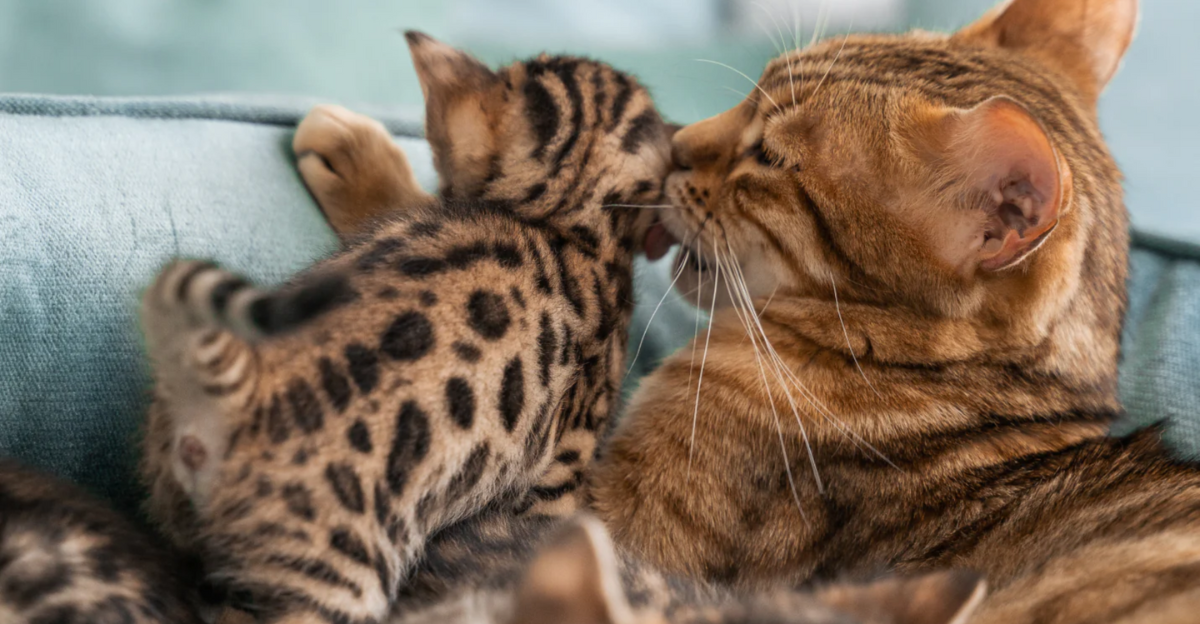
Cats are amazing companions, but depending on the lifestyle of the owner, they need to know what kind of cat will best fit into their life. There’s a massive difference between indoor and outdoor cats, which play important roles in their overall behavior and health. Outdoor cats are usually more independent and rely less on their owners, while indoor cats have many less health risks and a longer life expectancy. Let’s dive into the differences between indoor and outdoor cats.
Lifespan
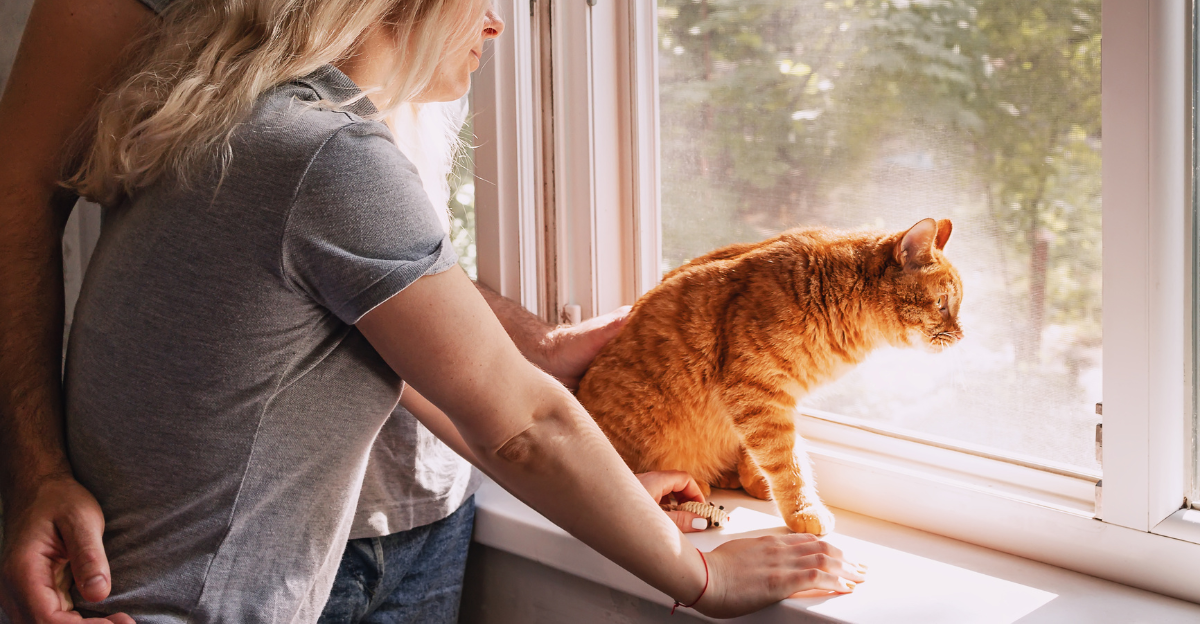
Assuming both indoor and outdoor cats are fed the same diet and care for the same way, indoor cats have a surpisingly longer life expectancy. This is due to indoor cats have little to no dangers inside of their owners home. Outdoor cats that roam can face a few risks including traffic, predators like dogs, and exposure to diseases.
Health Risks
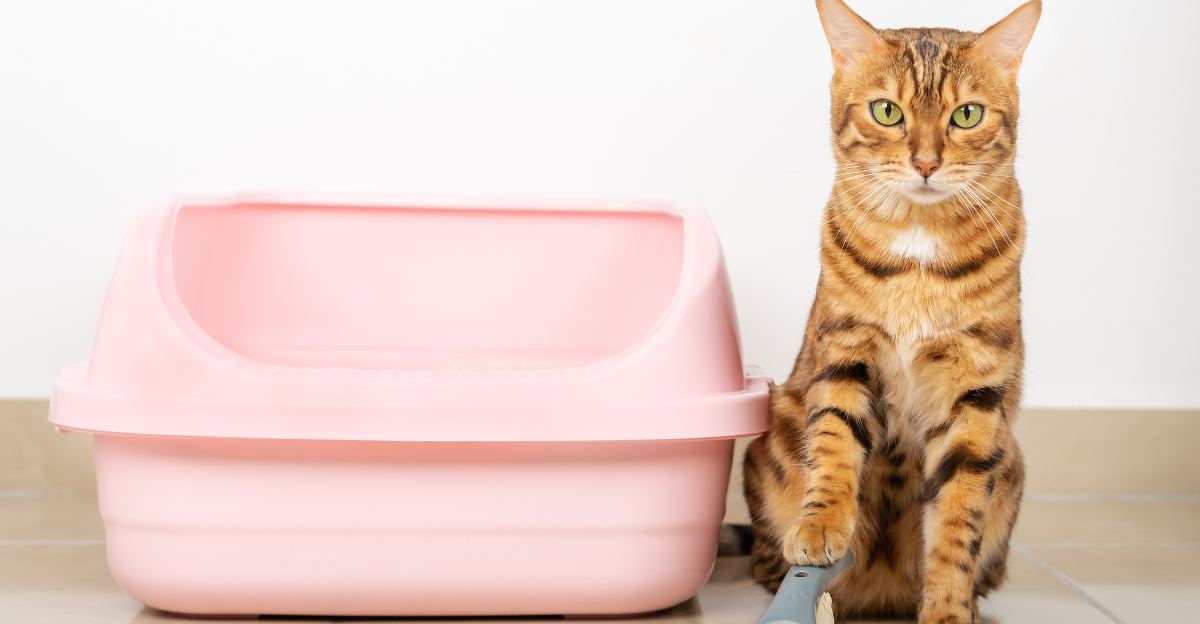
Cats that roam frequently put themselves at risk of diseases like feline leukemia, feline AIDS, and other infections. They may also come into contact with worms, fleas, and ticks, which can all carry diseases. Indoor cats are primarily sheltered from these health risks as long as their indoor environment is well-maintained, and their litter box is cleaned regularly.
Exercise
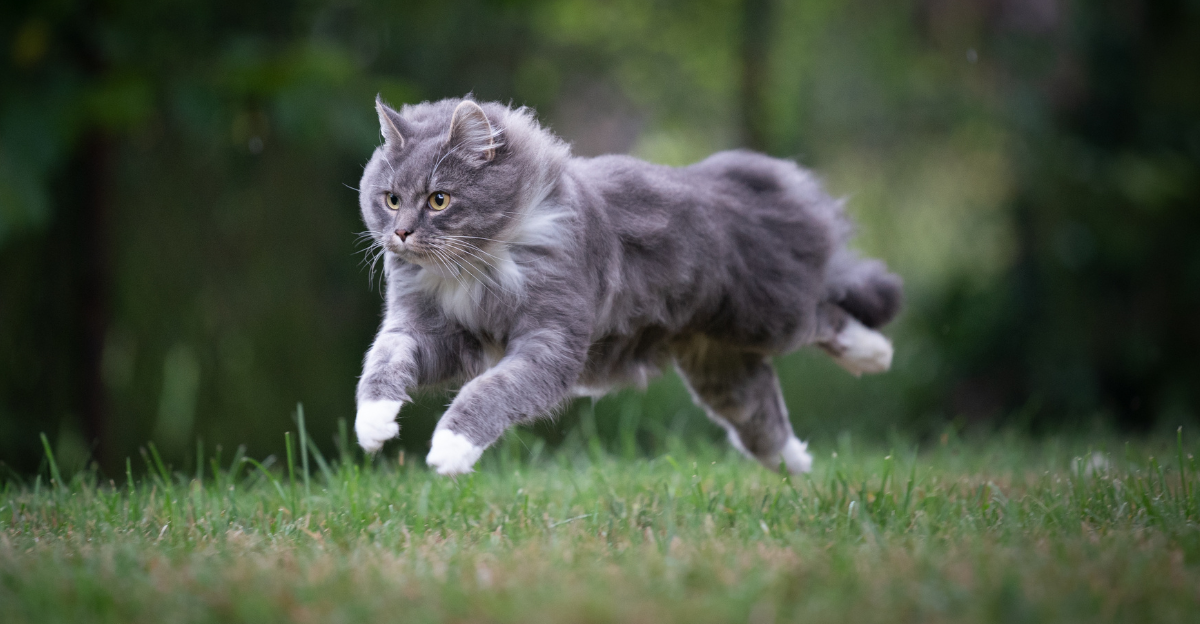
While outdoor cats may be more prone to health risks, they are more active, which means they engage in physical activity way more than indoor cats. Hunting, climbing, and roaming all help to maintain their weight and keep them fit. Indoor cats, especially when overfed, can become overweight with their lack of exercise. An indoor cat household should have climbing structures, and their owners should try to keep them fit using toys and other methods.
Mental Stimulation

As outdoor cats roam and interact with new things every day, they are mentally stimulated as they take in the new sights and smells. Indoor cats may be safer, but they may become bored or stressed if their owners don’t mentally stimulate them with puzzles, scratching posts, and routine playtime.
Behavioral Issues
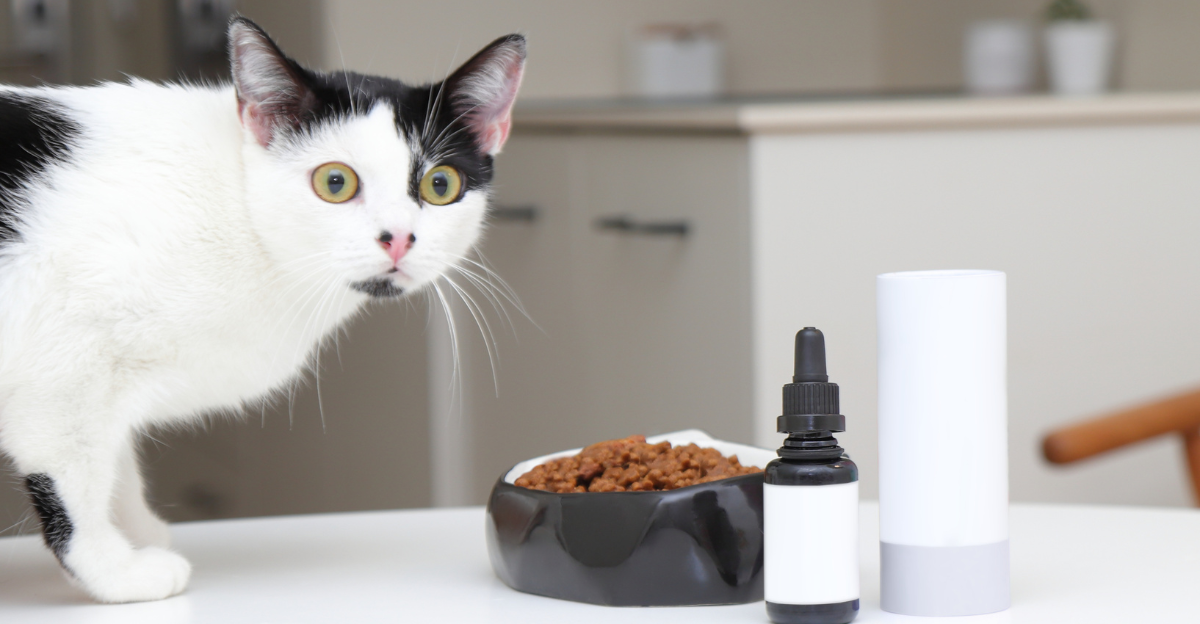
Outdoor cats should show little behavioral issues when compared to outdoor cats. Indoor cats may scratch furniture, pee outside of their litter box, and show aggression if confined indoors and not stimulated enough. Outdoor cats have a wide area to roam and express themselves, leading to little to no behavior problems.
Independence
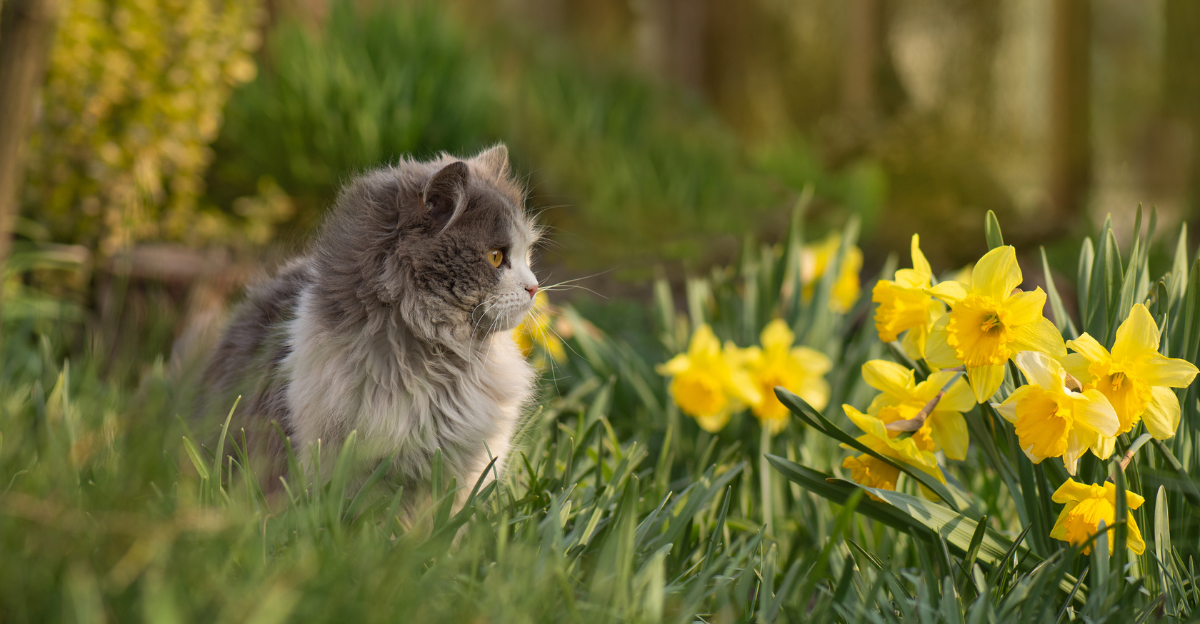
Outdoor cats can show a greater independence when compared to indoor cats. They get to roam as they like and explore and socialize at their own pace. Indoor cats become more dependent on their owners for socialization, stimulation, and companionship, meaning it may also lead to a deeper bond.
Instincts
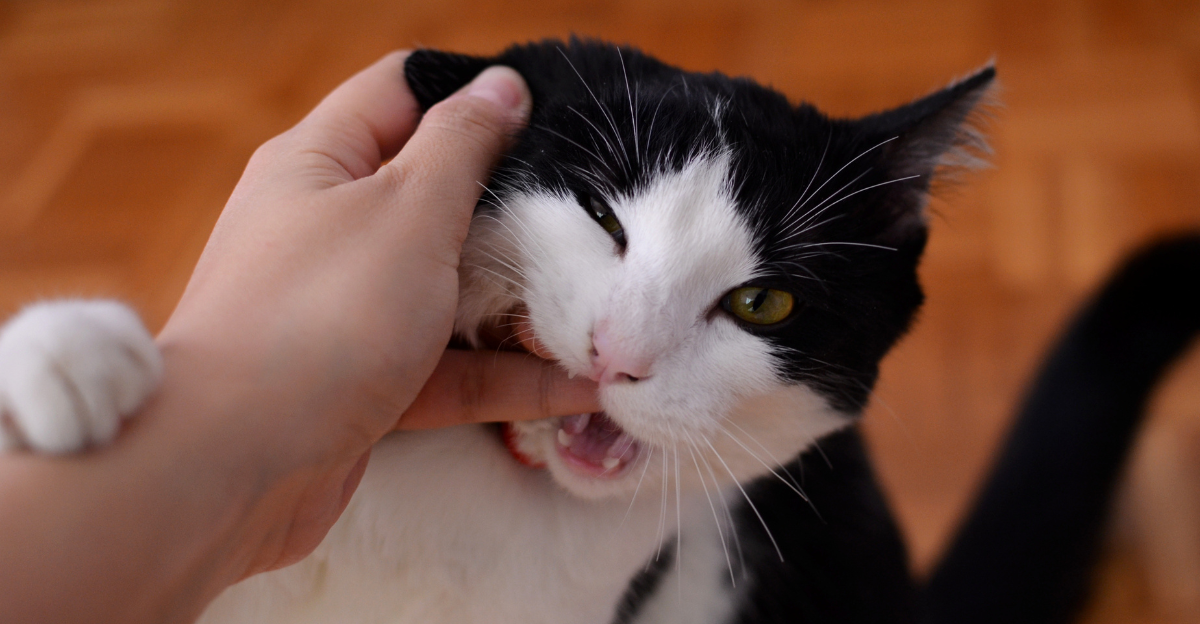
Both indoor and outdoor cats are born with the same predatory instincts. While outdoor cats can express these freely outside and may even bring in rodents for their owners, indoor cats can’t satisfy these instincts organically and need their owners to help them with games and toys.
Environmental Risks
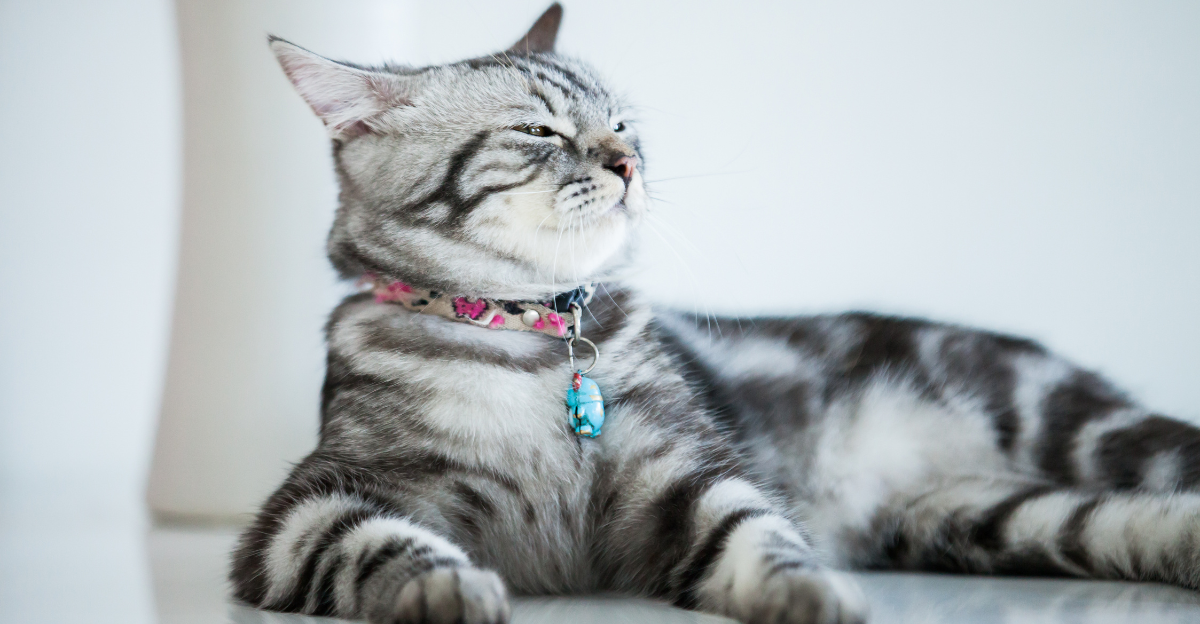
Outdoor cats are exposed to more than just diseases and predators when outside. They may face extreme weather events which may fragment them from their home. Indoor cats are sheltered from severe storms and any other risks associated with outside.
Social Interaction

Outdoor cats will inevitably encounter other roaming cats as they explore the outside. This can be a good experience, as they get to socialize, but it could also lead to fighting and the transmission of disease. Indoor cats will look to their owner or other indoor cats in the household to be social with.
Impact On Wildlife

Outdoor cats can have an impact on local wildlife populations. They are extremely efficient hunters which mean they could control local rodent populations. In extreme cases, they could damage the local ecosystem if they overhunt their prey. Indoor cats have no impact on wildlife, which can make them more environmentally friendly in areas where the local ecosystem relies on already threatened animals.
Explore more of our trending stories and hit Follow to keep them coming to your feed!

Don’t miss out on more stories like this! Hit the Follow button at the top of this article to stay updated with the latest news. Share your thoughts in the comments—we’d love to hear from you!







